Is Your Leadership Still Relevant? Leadership Scholars Provide Their Insight
The world has changed dramatically in the last few years. That’s a given. But too many of us don’t realize that effective leadership has changed dramatically, too.
While leadership development is crucial for organizational success, many programs fail to catalyze real change. They’re too often based on old concepts that focus on the individual rather than the reality of the workplace having multiple leaders who must work with each other and lead their teams.
Dr. Nicole Ferry, assistant professor of the Department of Management, Society and Communication, Copenhagen Business School, and Dr. Nathan Eva, associate professor, Fulbright Scholar (2021), and the Co-Director of Engagement for the Department of Management at the Monash Business School, join the podcast to discuss Non-Traditional Leadership Models for Our New Era. This episode was produced in partnership with the International Leadership Association as part of their 25th Annual Global Conference held in October 2023. Dan Mushalko, ILI Executive Producer, shared this article as a companion to the podcast.
Listen to the companion interview and past episodes of Innovating Leadership: Co-Creating Our Future via Apple Podcasts, TuneIn, Spotify, Amazon Music, Audible, iHeartRADIO, and NPR One.
Leader Development and the Need for New Leadership Models
What you learned from that MBA program 20 or 10 (even 5!) years ago probably doesn’t apply anymore. So, what does a solid modern leadership development program contain? Look for:
Collective Leadership
No single leader possesses all the skills to manage crises such as the COVID-19 pandemic. These issues require more than one leader. We need groups of leaders who can lead collaboratively in different areas. Collective leadership facilitates cooperation – handing off the leadership baton between team members or working closely towards common goals. After all, leadership fundamentally involves relationships and interactions. An overemphasis on the individual misses crucial power dynamics in organizational spaces – and underdelivers on success.
Learning from Nontraditional Sources
Old-school top-down leadership no longer fits every circumstance. To paraphrase a wise saying, “The leadership style that got us to the problems isn’t the leadership that will solve them.” New and effective ways of leading can be found by looking at unexpected sources. Indigenous worldviews are just one example. First Nations cultures in Australia are the longest continual-running societies on the planet; what’s different about how they’ve been successfully led through literally thousands of years? One possible key is that they don’t rely on a single leader but focus on the group looking after one another – caring for people professionally and personally. To start, see what you can glean from your family heritage: Italian, West African, Okinawan – all have distinct ways of leading and doing business.
Leadership Alignment
With multiple leaders and styles in any organization, it’s vital that everyone is aligned toward the same goals and overall mission. Communication from the very top is fundamental. Any leader who isn’t fully and openly sharing the company’s quarterly, annual, and long-term objectives automatically limits success.
Adapt to the New Worker
The post-COVID struggle of return-to-office versus work-from-home is one symptom of old-school bosses not recognizing that workers themselves have changed: their expectations, their priorities, their most productive work styles…all of these are vastly different now. That means effective motivation has changed, too. Maximizing your organization’s success depends greatly on how well you change to meet today’s workers.
Two core leadership qualities we develop in the Innovative Leadership Institute‘s programs are resiliency and the mind of a scientist (i.e., always learning and willing to experiment with new techniques). Those traits will amplify all of the points made above and help you continue your leadership development no matter what new changes the world throws your way!
Thank you for reading the Innovative Leadership Insights, where we bring you thought leaders and innovative ideas on leadership topics each week.
ADDITIONAL RESOURCES:
Ready to measure your leadership skills? Complete your complimentary assessment through the Innovative Leadership Institute. Learn the 7 leadership skills required to succeed during disruption and innovation.
- Follow the Innovative Leadership Institute on LinkedIn
- Subscribe to Innovating Leadership: Co-Creating Our Future and listen on your favorite podcast platform
- Subscribe to our blog – Insights
Check out the companion interview and past episodes of Innovating Leadership: Co-Creating Our Future on your favorite podcast platform, including Apple Podcasts, TuneIn, Spotify, Amazon Music, Audible, iHeartRADIO, and NPR One.

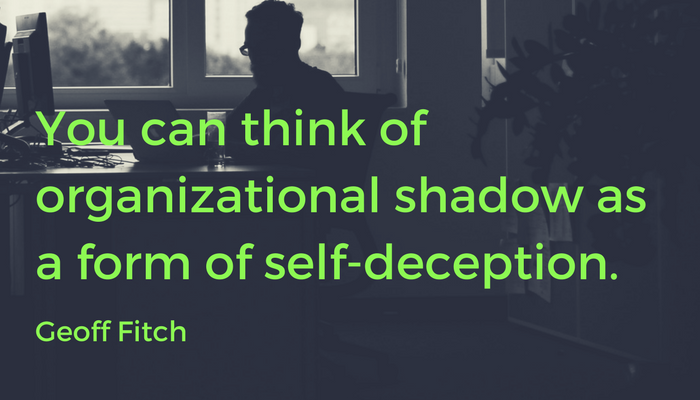 This blog is a companion to the podcast with Geoff Fitch and Terri O’Fallon, Is There Such A Thing As A ‘Level 5’/Teal Organization -Part 2. Geoff Fitch, MA, wrote this post.
This blog is a companion to the podcast with Geoff Fitch and Terri O’Fallon, Is There Such A Thing As A ‘Level 5’/Teal Organization -Part 2. Geoff Fitch, MA, wrote this post.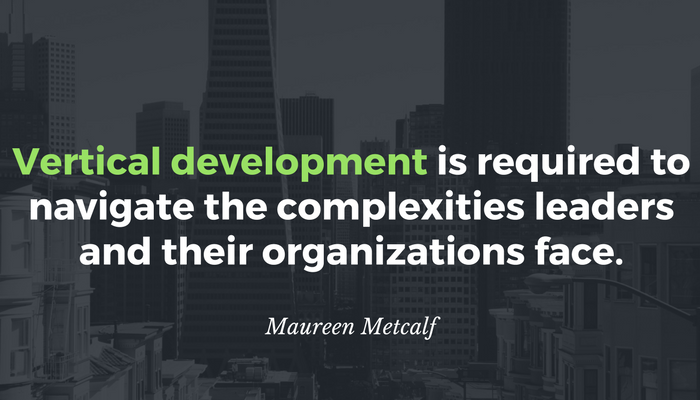 This post is a companion to the podcast featuring
This post is a companion to the podcast featuring 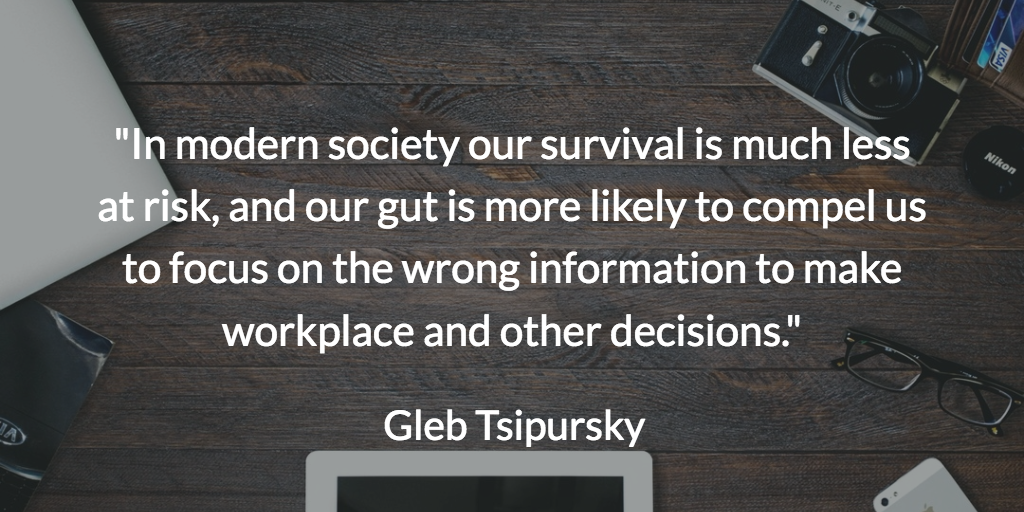 This guest blog was written as a companion to the podcast Interview with Dr. Gleb Tsipursky’s Tools for Avoiding Disastrous Decisions. In the interview and the blog, Gleb explores how we can balance intuition and data-based decision-making to achieve the most effective business outcomes. He explores some common misconceptions and offers recommendations to avoid them.
This guest blog was written as a companion to the podcast Interview with Dr. Gleb Tsipursky’s Tools for Avoiding Disastrous Decisions. In the interview and the blog, Gleb explores how we can balance intuition and data-based decision-making to achieve the most effective business outcomes. He explores some common misconceptions and offers recommendations to avoid them.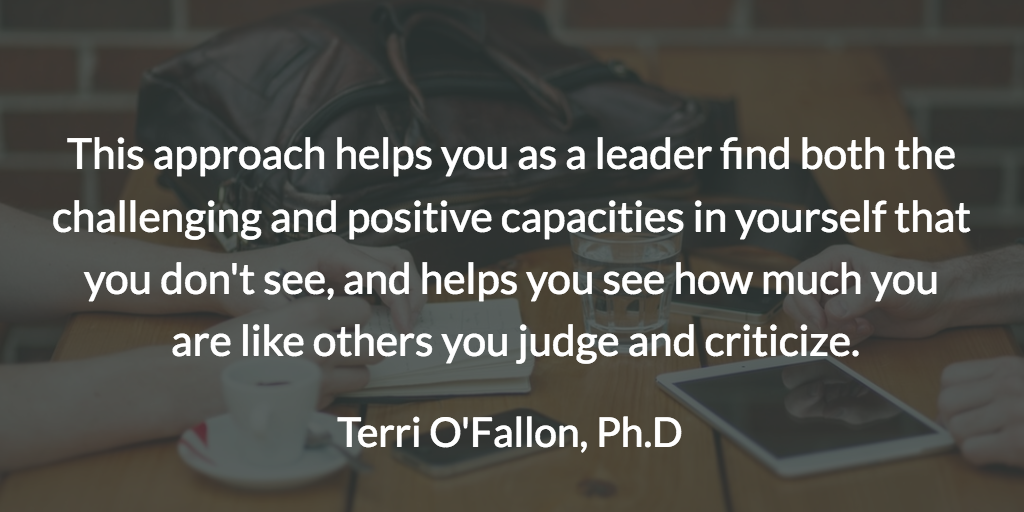 This blog is a companion to the interview with Terri O’Fallon. What is A Level 5 / Teal Organization? Terri O’Fallon, PhD, wrote this post.
This blog is a companion to the interview with Terri O’Fallon. What is A Level 5 / Teal Organization? Terri O’Fallon, PhD, wrote this post.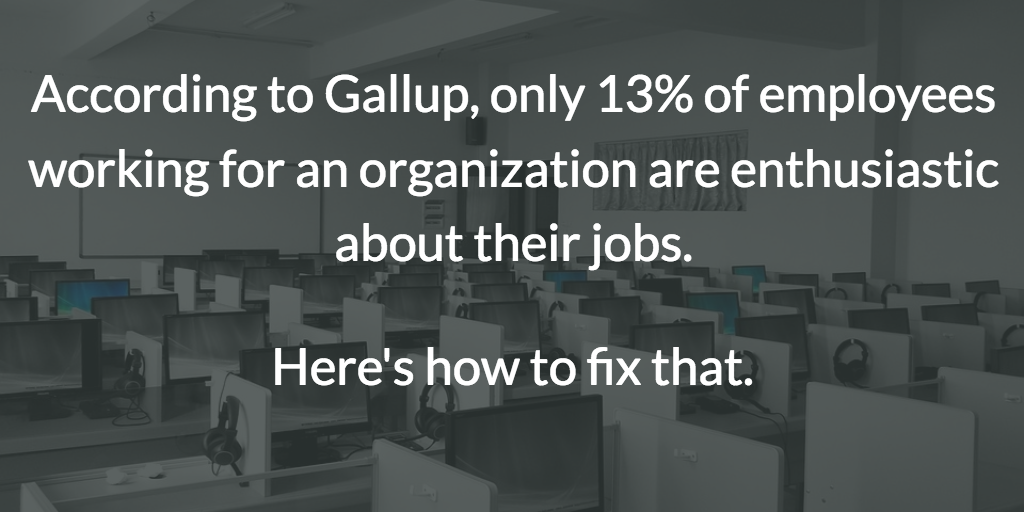 This blog is drawn from a paper by Jim Ritchie-Dunham & Maureen Metcalf, Co-hosting:
This blog is drawn from a paper by Jim Ritchie-Dunham & Maureen Metcalf, Co-hosting: 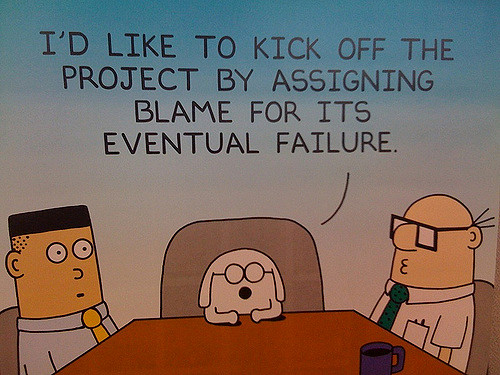 Mike Morrow-Fox and Maureen co-write this blog post as a companion to the podcast recording on Bad Bosses.
Mike Morrow-Fox and Maureen co-write this blog post as a companion to the podcast recording on Bad Bosses.
